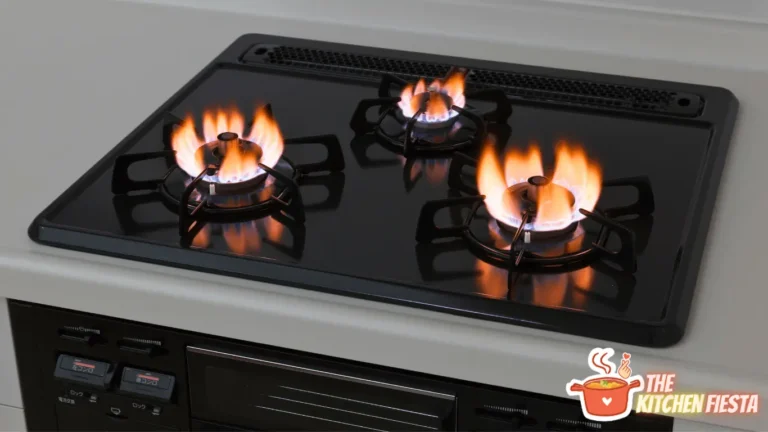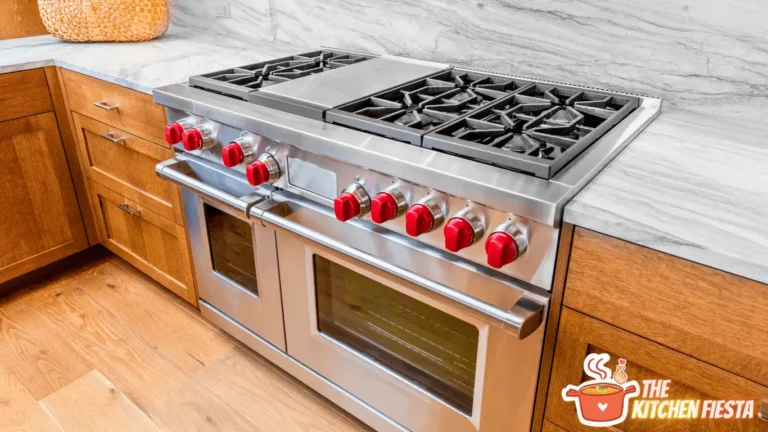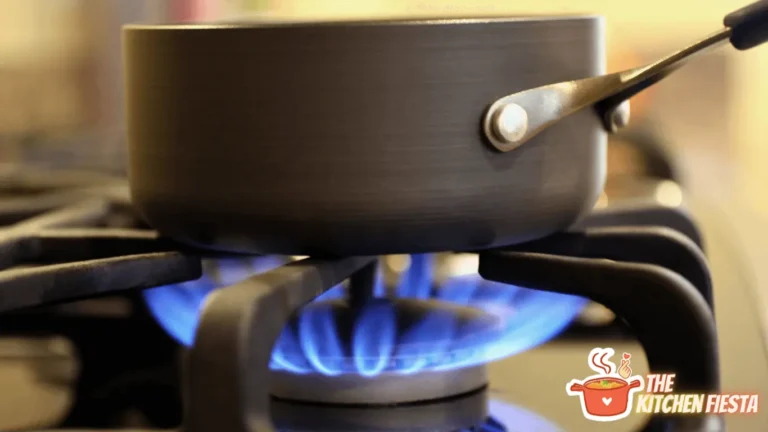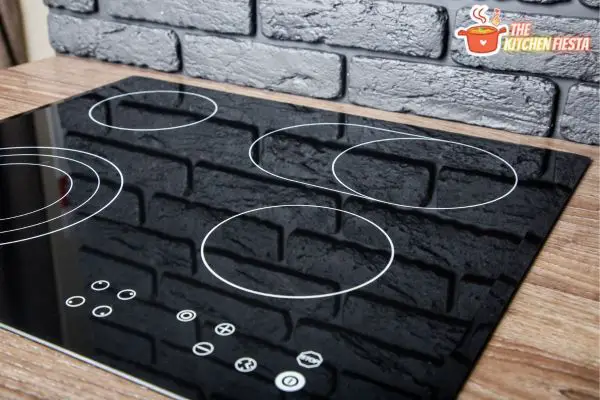Why Your Gas Stove Isn’t Clicking & How To Fix It
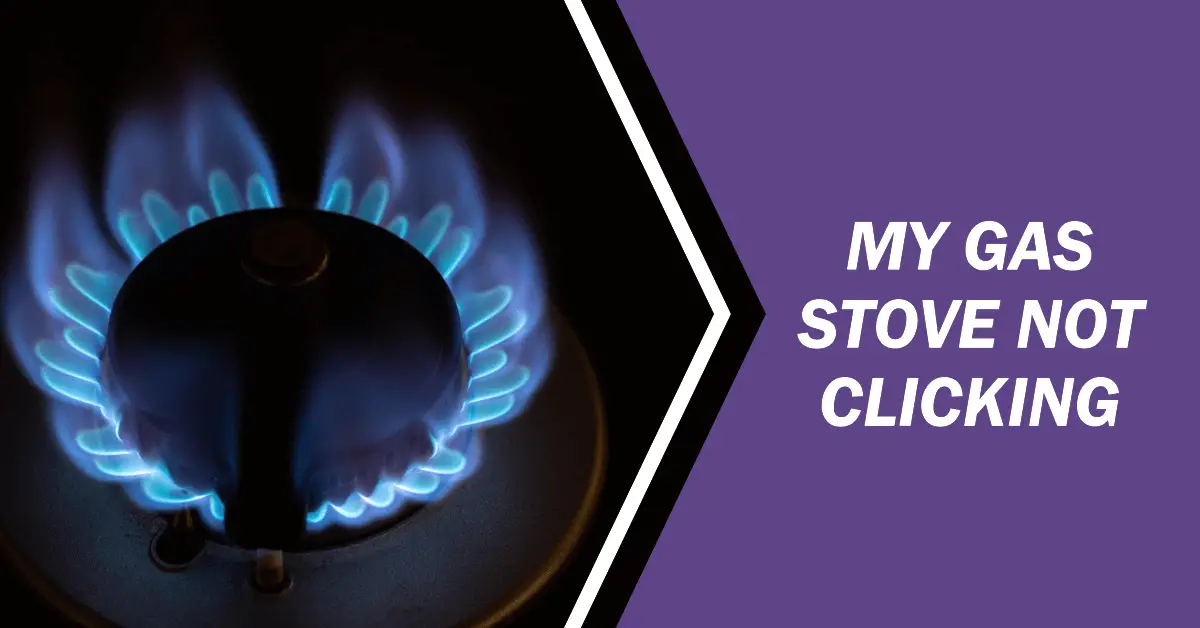
Has your gas stove suddenly stopped clicking and lighting up when you turn the knob? This frustrating issue is common with gas stoves, especially as they age. But don’t worry – in most cases, it’s an easy fix.
This comprehensive guide will walk you through the various reasons why your gas stove isn’t clicking along with steps to diagnose and repair the problem yourself.
Common Causes of a Gas Stove Not Clicking
There are a few key components that work together to allow your stove to click and light. An issue with any of these can prevent the stove from firing up:
- Faulty ignitor – The ignitor creates the spark that lights the burner. If it’s damaged or worn out, it won’t spark which prevents ignition.
- Dirty/broken electrode – The electrode delivers the spark from the ignitor to the burner. Debris buildup or damage can disrupt the connection.
- Clogged gas ports – The small gas ports on the stove burners need to be clear for gas flow. Food, grease or other gunk in the ports blocks the gas.
- Defective flame sensor – The sensor detects if a flame is present to continue the gas flow. If it’s faulty, the stove shuts off.
- Gas supply issue – Problems with the gas line like a shut off valve being closed or a leak can prevent gas flow.
- Bad regulator – The regulator controls gas pressure. If it’s faulty, gas flow can be disrupted.
The good news is all of these stove ignition issues can often be fixed with some DIY troubleshooting and maintenance. Let’s look at how to diagnose and address the most common reasons your gas stove isn’t clicking.
Check if the Gas Supply is Turned On
Before digging into the stove itself, first check your gas supply lines. For the stove to operate properly, you need to have gas flowing to the unit.
1. Make sure the gas line shut off valve is open
Trace the gas supply line back from the stove to locate the shut off valve (usually near the gas meter). Make sure it is turned to the open position to allow gas to flow to the stove.
2. Check if you have run out of gas
If you have a propane tank, it may be empty, preventing gas flow. The tank level can be checked on the gauge dial. For natural gas, check with your utility company for any supply interruptions if other gas appliances have also stopped working.
3. Reset the gas regulator if needed
The regulator maintains proper gas pressure. Over time, they can malfunction causing low pressure. Locate the regulator on the main gas line and press the reset button. This may get gas flowing properly again.
Having an uninterrupted gas supply at the proper pressure is essential for the stove to operate. Verify this before continuing troubleshooting.
Test the Ignitor and Electrode
Problems with the ignitor or electrode are amongst the most common reasons a gas stove won’t click and light. Luckily they are easy to inspect and replace if faulty.
1. Locate the ignitor and electrode
The ignitor and electrode can be accessed by removing the top burner grates and lifting off the burner heads. The ignitor is a circular ceramic piece with two coil wires coming from it. The electrode will be nearby, often a thin metal rod pointing towards the ignitor.
2. Check for signs of damage
Examine the ignitor and electrode for any visible damage. Cracks in the ceramic ignitor, broken electrode tips, and detached wiring can indicate replacement is needed. Also look for debris buildup like food, grease or rust which can interfere with operation.
3. Test the ignitor with a multimeter
Use a multimeter on the ohms setting to check ignitor resistance. Place the probes on the two ignitor wires. Healthy ignitors will have between 50-150 ohms. Out of range readings indicate failure.
4. Clean the electrode tip
Use emery cloth or steel wool to gently clean any gunk off the electrode tip. This helps strengthen the spark to the burner.
5. Replace the ignitor if faulty
If visual inspection or resistance testing indicates the ignitor is damaged, replacement is straightforward. Turn off gas and power to the stove before disconnecting the ignitor wires. Install the new ignitor, being careful not to overtighten the mounting nut which can crack it.
Replacing a worn electrode is similarly easy – just disconnect, remove the old one, and install the new electrode in the same position. With the ignitor/electrode replaced, the stove should spark and click when attempting to light.
Unclog the Gas Ports
The small gas ports on stove burners need to be clear for gas to flow and ignite. Food splatter, grease drippings and other debris can gradually clog the openings.
A clogged gas port is one of the easiest things to fix to get your stove clicking again:
1. Locate the gas ports underneath burners
The ports are small round openings spaced around the bottom of the burner heads. Look underneath the burners for any visible blockages.
2. Use a straightened paperclip to clear debris
With the burners removed, use a straightened paperclip or needle to gently clean out each gas port. Be careful not to enlarge the openings.
3. Use compressed air to clear stubborn clogs
For severe clogs that won’t clear with poking, use short blasts of compressed air. Wear eye protection and be cautious of blowback when using compressed air.
The stove should ignite after clearing any blocked gas ports. Prevent future clogging by keeping the stove clean and free of food/grease buildup.
Replace the Flame Sensor
The flame sensor is a safety device that detects if the burner ignites. If faulty, it will shut off gas flow preventing ignition.
1. Check for damage to the flame sensor
Detach the flame sensor from the bottom of the burner to inspect it. Look for any cracked ceramic insulation or overheated metal which indicates failure.
2. Unplug the stove and disconnect the gas before replacing
For safety, turn off power and shut off gas at the supply line before replacing components. Disconnect the sensor wire from the control module.
3. Install the new flame sensor and reconnect
Mount the new sensor in the same spot and attach the wire. Restore gas and power supply. Test for proper clicking and ignition before using the stove.
Faulty flame sensors are an inexpensive part to replace. Just be sure to disconnect power and gas before servicing. Proper flame sensor operation is important to prevent dangerous gas buildup.
Why Proper Maintenance is Key?
To keep your gas stove lighting reliably for years, be diligent about preventative maintenance:
1. Keep gas ports clear of food/debris
Don’t allow grease or food bits to accumulate in the gas ports or burners. Routine cleaning helps prevent clogs.
2. Replace ignitor/electrodes every 3-5 years
These components wear out over time. Swap them out proactively even if still working to avoid unexpected failure.
3. Have your gas stove serviced annually
An expert technician can spot issues before they become problems. Annual tune-ups ensure all components function safely.
Investing a little time in proper care and maintenance will extend the life of your gas stove and prevent aggravating issues like failure to ignite.
When to Call a Professional?
If you’ve worked through all the troubleshooting tips but your stove still won’t click, it’s time to call a technician. A pro has specialised tools and expertise to properly diagnose and fix tricky ignition issues.
Potential causes a technician can identify include:
- Damaged control module or burner switch
- Defective gas safety valves
- Leaks in internal gas lines
- Faulty regulator adjustment
Technicians have in-depth training to safely service gas appliances. Don’t attempt to tinker with gas lines yourself. Hire a pro for anything beyond basic maintenance.
Get Your Gas Stove Clicking Again
Now you know the likely culprits for a gas stove not clicking along with straightforward fixes you can make.
Start by checking for interrupted gas flow from the supply line. Inspect the ignitor and electrode, replacing them if faulty. Clean out clogged gas ports and swap a bad flame sensor. These simple repairs will get your stove lighting properly in no time.
Stay on top of preventative maintenance and don’t hesitate to call a technician for tricky repairs. With this advice, you can get your gas stove clicking and sparking when you turn the knob for years of continued use.

